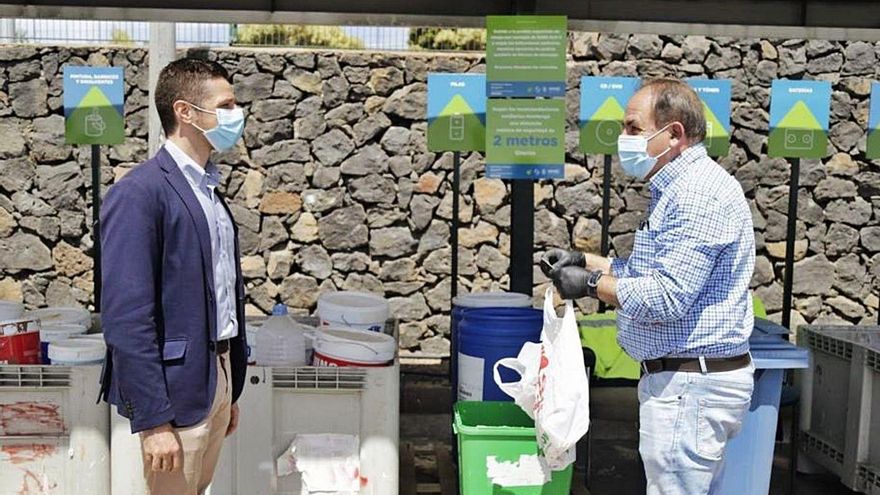
The drafting of These projects have been awarded for 37,412 euros and a term of nine months, and the subsequent investment for the execution of future works amounts to 6.6 million euros. The construction of the new clean points that will be part of the island network will be done in a phased manner and the first to be enabled will be that of Vilaflor.
The island councilor, who was accompanied by the head of the Technical Service for Sustainable Development, Humberto Gutiérrez, highlighted at the press conference that, in this way, the map of clean points on the island included in the Special Territorial Plan for Waste Management (Pteor) of Tenerife, and stressed that these new facilities “are a priority of the Cabildo government team in this mandate, since it is essential for a territory with a delicate environmental balance, such as Tenerife, to have a collection and waste management as appropriate and sustainable as possible ”.
42,000 tons
Rodríguez remarked that the clean points, which in 2020 received about 42,000 tons of waste deposited by some 229,000 users, contribute to the promotion of the circular economy and “play a fundamental role in management, being an infrastructure that allows receiving a very large quantity large amount of waste and, moreover, of a very varied typology “, which helps the separation at source and then allows the least amount of waste to be buried in the discharge cell of the Tenerife Environmental Complex.” In this regard, the counselor stressed that public awareness is “essential” today. The Taco clean point, in the metropolitan area of Tenerife, is the one that received the highest number of waste in 2020, specifically, 18,389,238 kilos, followed by La Orotava, with 5,771,407; Adeje, with 4,833,379; Güímar, with 4,572,409, and Arona, with 4,071,973 kilos. The La Guancha clean point registered 1,784,632; that of Jagua, in Santa Cruz, 1,423,602, and that of the Tenerife municipality of Buenavista del Norte, 1,034,911.














